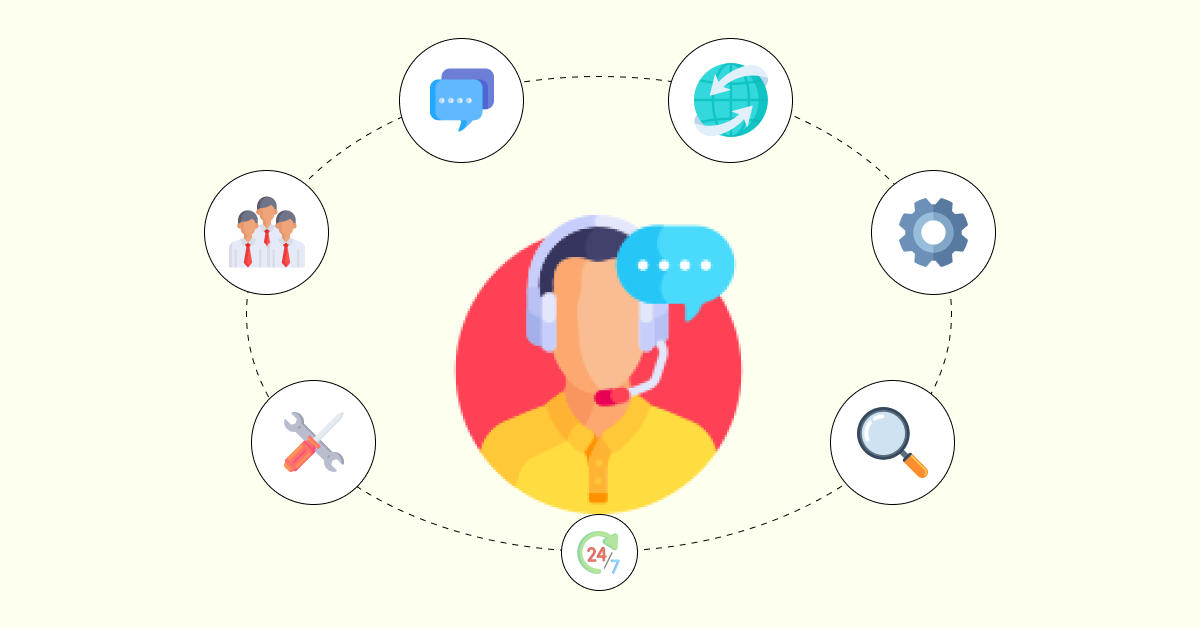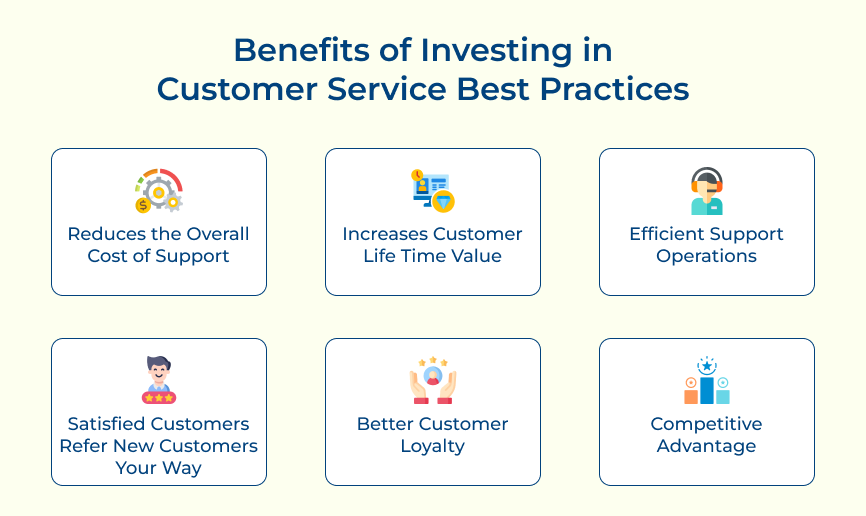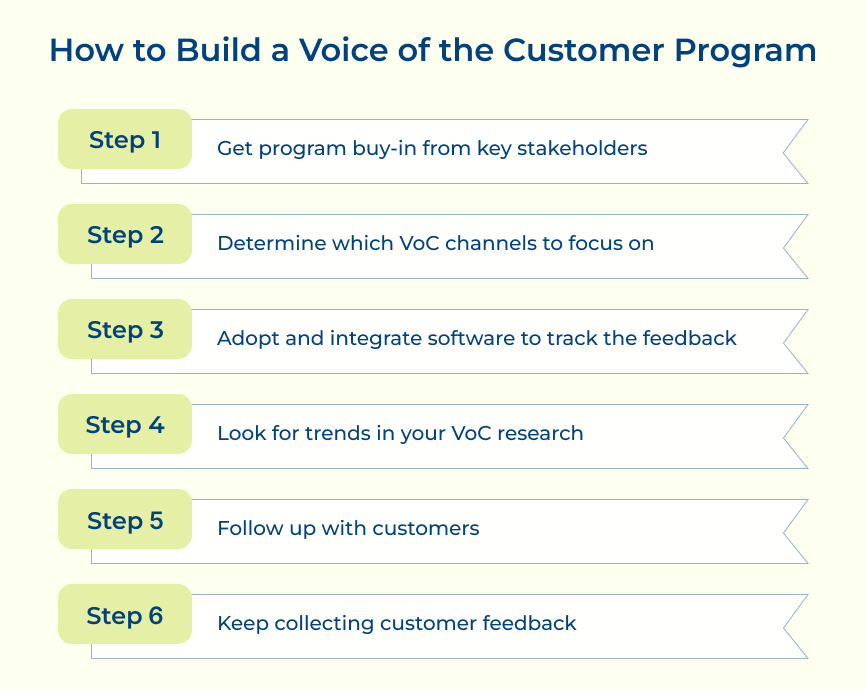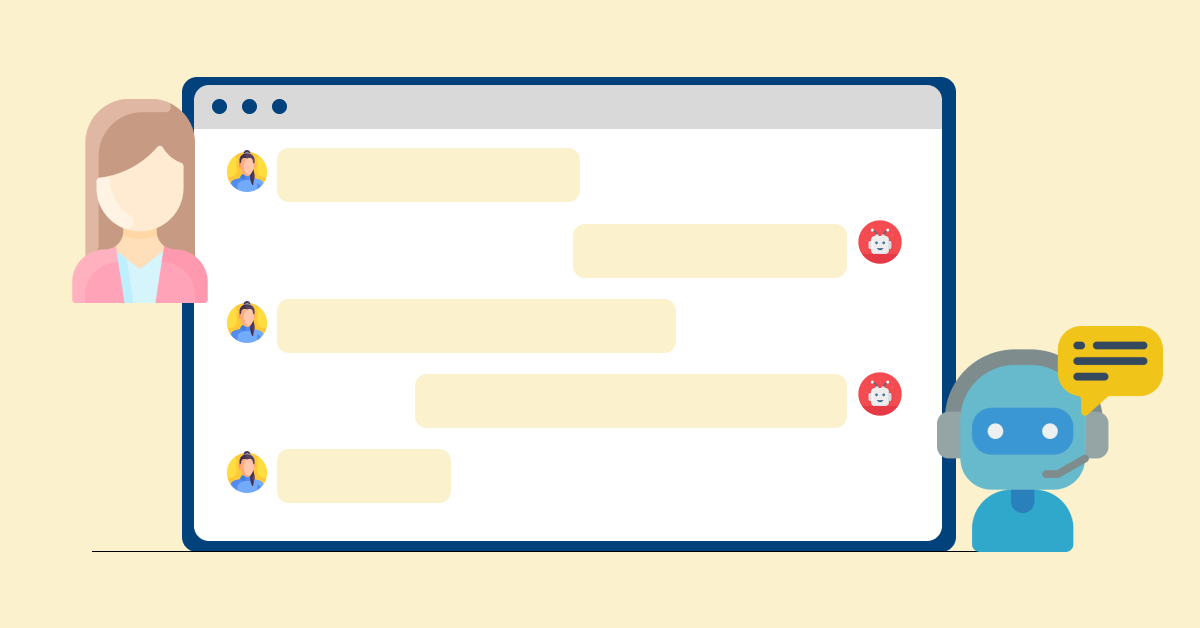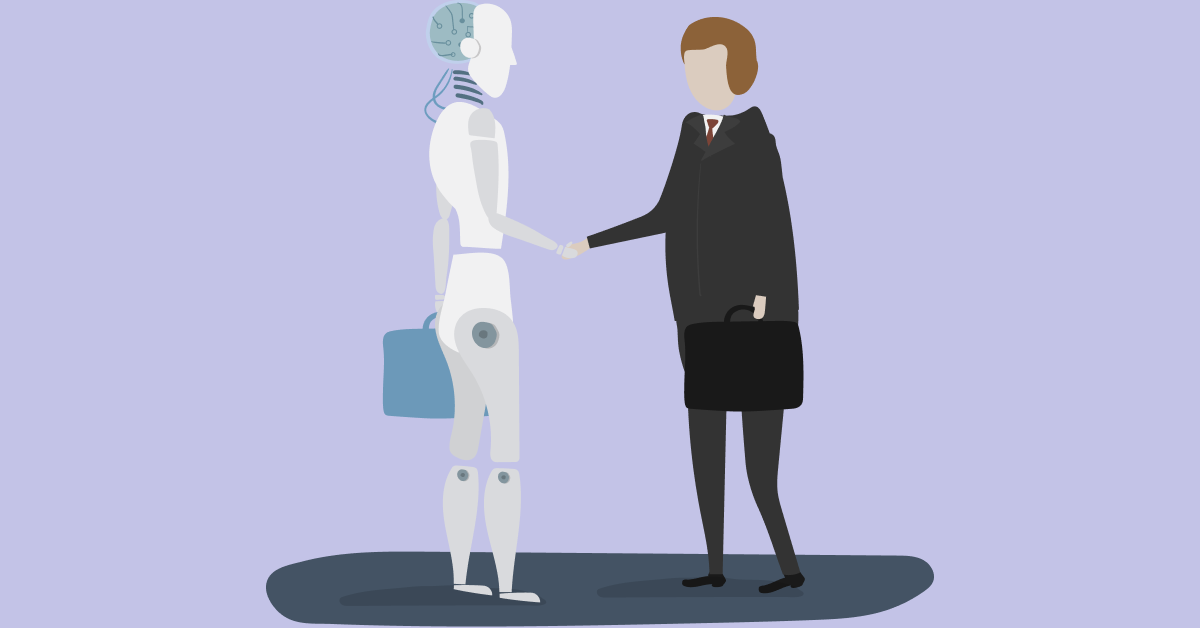1. Lack of Consistent Training
Inadequate or inconsistent training programs lead to varying service quality levels among staff. New employees often receive insufficient onboarding, while existing staff miss ongoing development opportunities.
2. Poor Internal Communication
Teams working in silos fail to share crucial customer information effectively. Different departments handle customer interactions without coordination, leading to fragmented customer experiences and repeated requests for information from customers.
3. Insufficient Technology Integration
Outdated or disconnected systems make it difficult to track customer interactions and maintain service quality. Staff struggle with multiple platforms, causing delays in response times and inability to access complete customer histories.
4. Resistance to Change
Employees and managers show unwillingness to adopt new service practices or procedures. Established habits and comfort with existing processes create barriers to implementing improved service standards.
5. Inadequate Performance Metrics
Wrong or incomplete measuring systems fail to capture true customer satisfaction levels. Focus on quantitative metrics like call duration overlooks quality aspects of customer interactions, leading to misaligned priorities.
Successfully implementing customer service best practices requires a structured approach with clear strategies for addressing each obstacle.
1. Comprehensive training program: Develop standardized training modules for all service levels and roles. Implement regular refresher courses and skill development workshops with practical scenarios.
2. Unified communication platform: Establish a central system for sharing customer information across departments. Create regular cross-functional team meetings to discuss customer feedback and service improvements.
3. Strategic technology investment: Implement an integrated CRM system that provides a complete view of customer interactions. Ensure proper staff training on new technologies and regular system updates.
4. Change management initiative: Create a clear vision of benefits and involve employees in the planning process. Recognize and reward early adopters who embrace new service standards.
5. Balanced performance metrics: Develop a mix of quantitative and qualitative metrics to evaluate service quality. We recommend you include customer feedback and satisfaction scores in performance evaluations.
Example of Customer Service Best Practices
Following are the brands that have successfully implemented customer service best practices, leading to significant improvements in customer satisfaction and business growth.
1. Zappos
Best Practice: Implemented a “no questions asked” return policy and empowered customer service representatives to spend unlimited time on calls with customers. They famously encourage reps to build genuine connections rather than rushing through calls to meet typical efficiency metrics.
Impact: The company transformed from a startup to a billion-dollar business, with an extraordinarily loyal customer base. Their customer-first approach led to exceptional repeat purchase rates and word-of-mouth marketing, making them an industry leader in online retail.
2. Ritz-Carlton
Best Practice: Empowered every employee with a $2,000 discretionary budget to solve any guest problem without requiring manager approval. They also implemented a system where staff members document guest preferences to personalize future stays.
Impact: Became synonymous with luxury hospitality and maintained premium pricing power. Their exceptional service standards created a devoted customer base willing to pay premium rates, leading to a stronger brand.
3. Amazon
Best Practice: Developed sophisticated customer service technology, including one-click ordering, instant refunds and predictive customer support. They also implemented a “Customer Obsession” principle as their first leadership value, driving all business decisions.
Impact: Transformed from an online bookstore to the world’s leading e-commerce platform. Their customer-centric approach has created unprecedented customer loyalty and continued market expansion across multiple sectors.
4. Nordstrom
Best Practice: Established a culture of “heroic” customer service stories, including accepting tire returns despite not selling tires. They empower employees to make independent decisions to satisfy customers and encourage creative problem-solving.
Impact: Maintained strong market position despite retail industry challenges. Their legendary customer service has created a distinct competitive advantage, helping them retain customers even as retail shopping habits change.
5. Chick-fil-A
Best Practice: Implemented comprehensive employee training focusing on courtesy and attentiveness, including their famous “my pleasure” response. They also developed efficient drive-through systems and mobile ordering to reduce wait times.
Impact: Achieved higher per-store sales than any other fast-food chain. Their commitment to superior customer service has created a distinct brand identity and loyal customer following.
Implement Customer Support Best Practices & Tips to Scale CX
Implementing customer service best practices strategy and scaling your CX (customer experience) go hand in hand. Providing exceptional customer service helps to create loyal customers who are more likely to purchase from you again and recommend your brand to others.
Consider implementing a customer service best practice training program, using chatbots or AI to handle simple queries, and listening to customer feedback to make necessary improvements. Companies enhance their experience and strengthen your business in the long run.
